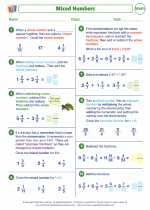Modulus in Math
The modulus of a number is its distance from 0 on the number line. It is always a non-negative value (i.e., it is always greater than or equal to zero). In mathematical terms, the modulus of a number 'a' is denoted by |a| and is defined as:
|a| = a, if a is greater than or equal to 0
|a| = -a, if a is less than 0
For example, the modulus of 5 is |5| = 5, and the modulus of -3 is |-3| = 3.
Properties of Modulus:
1. |a| is always greater than or equal to 0, i.e., |a| ≥ 0
2. If a is a positive number, then |a| = a
3. If a is a negative number, then |a| = -a
4. |a * b| = |a| * |b| (The modulus of the product of two numbers is the product of their moduli)
5. |a + b| ≤ |a| + |b| (Triangle Inequality Property)
Study Guide:
1. Understand the concept of distance from 0 on the number line and how modulus represents this distance.
2. Practice finding the modulus of positive and negative numbers.
3. Learn and apply the properties of modulus in different mathematical problems.
4. Solve problems involving modulus equations and inequalities.
5. Explore real-life applications of modulus in different fields such as physics, engineering, and computer science.
By mastering the concept of modulus and its properties, you will be able to solve a wide range of mathematical problems and understand its significance in various applications.
.◂Math Worksheets and Study Guides Sixth Grade. Mixed Numbers
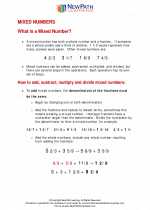
 Worksheet/Answer key
Worksheet/Answer key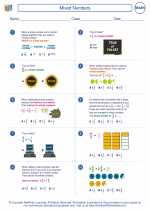
 Worksheet/Answer key
Worksheet/Answer key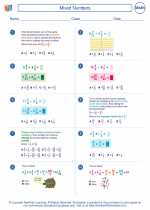
 Worksheet/Answer key
Worksheet/Answer key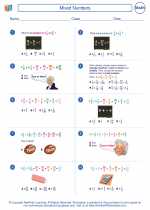
 Worksheet/Answer key
Worksheet/Answer key